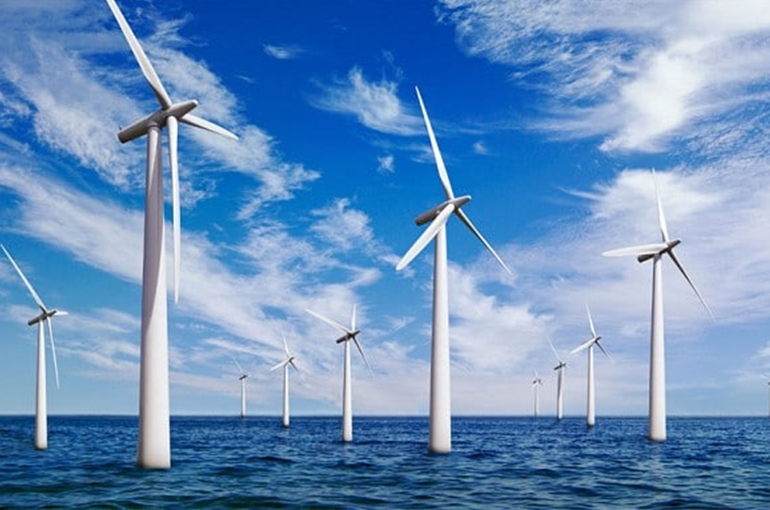According to new data released by Drax Electric Insights, wind power has generated more electricity than gas-fired power stations in the United Kingdom (UK) for the first time in Q1 2023. Wind power supplied 32.4% of the country’s electricity, outpacing gas which delivered 31.7%.
The findings are part of the quarterly Drax Electric Insights report, an independent publication by academics from Imperial College London, commissioned through Imperial Consultants. Across the three months, wind turbines generated 24TWh of electricity, with output being 3% higher than during the same quarter last year. At the same time, gas production was down by 5%.
See also: Solar Energy UK Applauds Demands for Faster Connection of Solar and Battery Projects to the Grid
Furthermore, renewable energy supplied almost 42% of the UK’s electricity during the first quarter of 2023, with wind, solar, biomass, and hydro making up the bulk of that. Fossil fuels accounted for 33%, with the remainder being sourced from imports and the country’s declining nuclear fleet.
Dr Iain Staffell, the lead author of the Drax Electric Insights report series and a researcher at Imperial College London, said that the results show how the renewable energy revolution is transforming the country’s electricity supply, making it cleaner and greener. Staffell added that while there are still many hurdles to overcome before the UK can achieve a completely fossil fuel-free grid, the milestone event of wind power surpassing gas shows what can be accomplished when governments create a supportive environment for investors in clean technology.
See also: Energy UK warns upcoming CfD auction will fall short of offshore wind expansion target
Over the last decade, the UK has significantly reduced its reliance on coal, eliminating it almost entirely as a power source. The country’s wind power sector has grown dramatically, with over 10,000 wind turbines installed onshore and offshore. This growth has been aided by the government’s commitment to reach net-zero greenhouse gas emissions by 2050, with the goal of generating 40GW of offshore wind energy by 2030.

